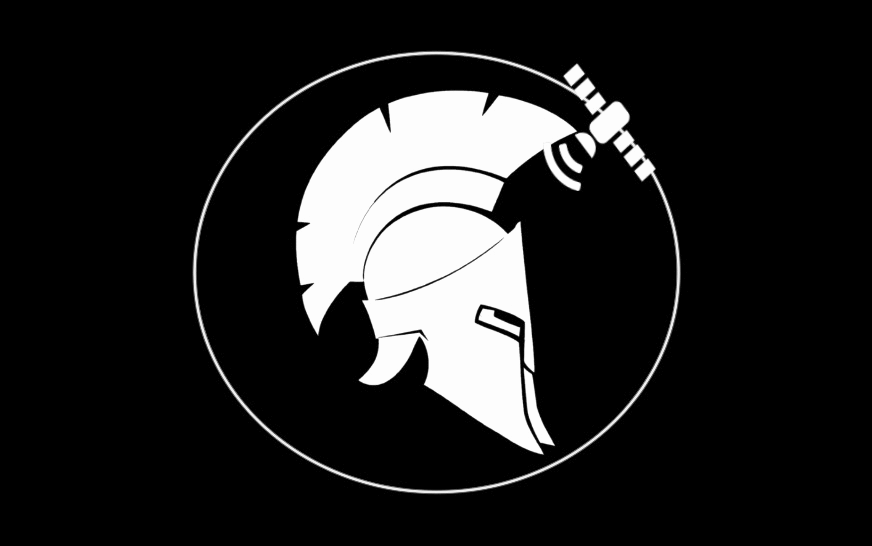top of page

SPARTA
Satellite Path Analysis and Relevant Trajectory Alteration:
Determining the Optimal Orbit Adjustment at the Risk of a Collision
Home: Welcome
SPARTA's Goal
Satellites are an invaluable asset to the global economy and the intelligence community. However, the increasing density of satellite distribution is pressing the limits of Low-Earth Orbit (LEO) carrying capacity. The current array of 1300+ satellites and the prospect of thousands more to be launched in coming years is likely to begin the Kessler Effect, the eventual destruction of all working satellites through chain-reaction collisions. Recent events have brought this issue to the forefront of scientific and political debate, such as the near SpaceX-European Union satellite collision in mid-2019, prompting great minds to search for innovative solutions to this impending danger. One of the biggest problems related to the current method of distributing satellites is the lack of proper satellite trajectory mapping. Even with an extremely low probability of intersecting, the sheer number of satellites in orbit begs the need to accurately model and predict the plethora of future possibilities. The aim of SPARTA is to develop a robust means of modeling and predicting the collision of satellites in the near future using known trajectories and distributive density, and using that to find the optimal path of adjustment by taking into account many varying factors.
 |  |
|---|
Home: About My Project
The Big Questions
Can we derive a mathematical relationship between the number of satellites in varying inclinations of low-Earth orbit and the probability that any two satellites will collide within a given time period? Could this relationship, combined with the power of machine learning, theoretically allow a user to identify specific satellites and the specific time and place of a future collision?
Home: Body
bottom of page
